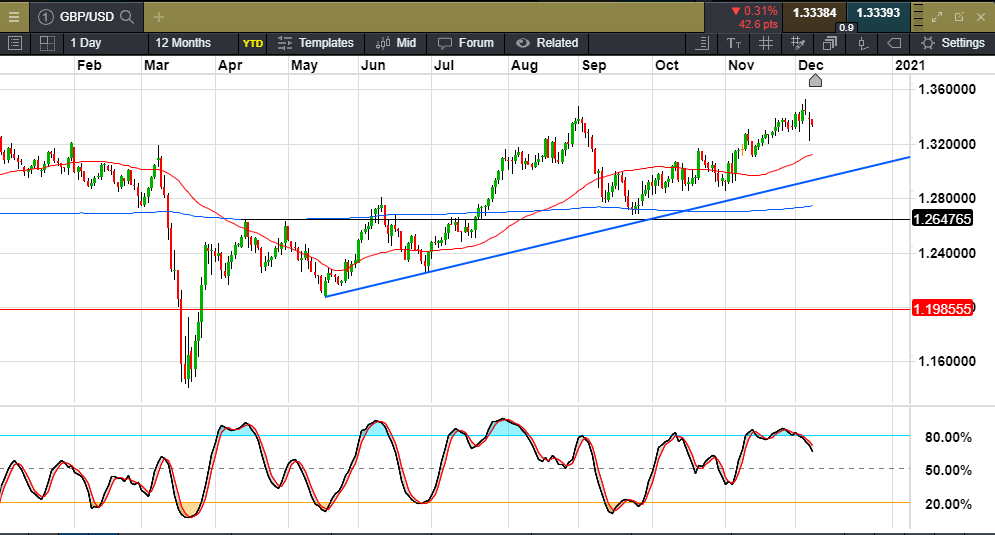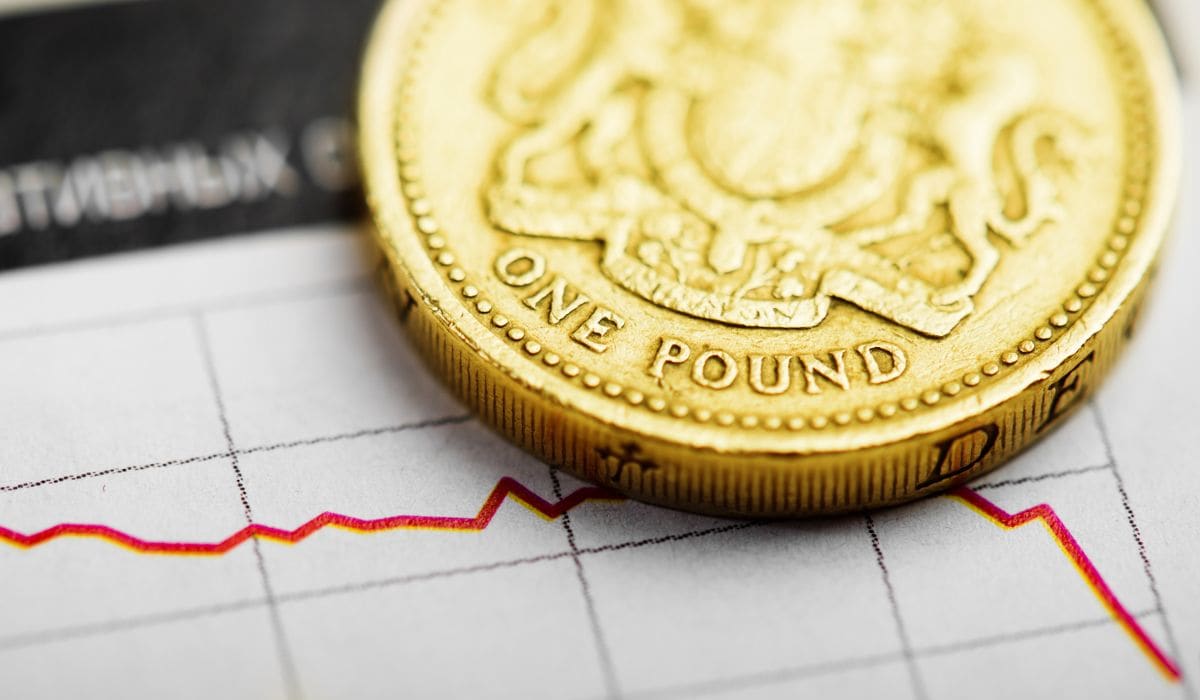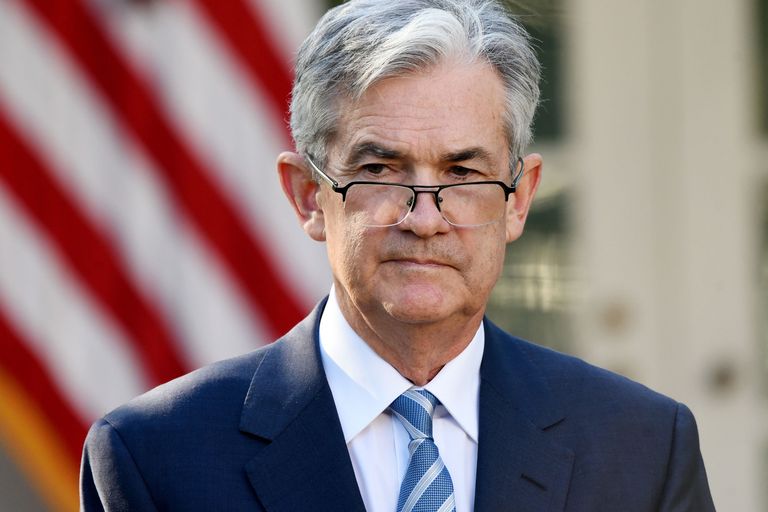It’s been another choppy year for the pound, yet somewhat surprisingly it looks set to finish the year not too far away from where it started.
We ended 2019 near the highs of the year in the aftermath of a landslide general election win for the incumbent Conservative party. As a result, the Conservatives were finally able to push through the UK’s exit from the European Union on 31 January 2020, and into the transition period which expires at the end of this month.
After the year got off to a reasonable start, the new government’s honeymoon period proved to be somewhat short-lived, as a slowing economy prompted speculation that the Bank of England might cut rates further from the 0.75% at the beginning of the year. Reports of a virus that was spreading through China and the Asia regions was also sparking concern over a possible global pandemic by the end of January.
The pound was also having to contend with some political instability, as divisions at the top of government saw the departure of Sajid Javid as chancellor, to be replaced by rising star Rishi Sunak, who now appears to be the odds-on favourite to replace Boris Johnson, if he were to step down as prime minister.
Pandemic prompts moves to US dollar
By the middle to end of February, it was slowly becoming apparent that concerns about a global pandemic were starting to become a reality, after Italy reported a big surge in coronavirus cases and deaths, and the resulting market turmoil was starting to prompt a flight into the safe haven of the US dollar.
While the strength of the dollar was weighing on the pound, sentiment around an EU-UK trade deal was also starting to crack, after Prime Minister Johnson told the EU that he would walk away with no deal if the EU didn’t come forward with a Canada-style trade deal. This stance once again signalled the entirely predictable return of warnings about a possible slide to parity against both the euro and US dollar. As indicated any number of times over the past few years, while there may be a series of plausible scenarios for an outcome such as this, none of them are really grounded in reality.
Even allowing for fractious politics, currency moves are rarely zero-sum games, and while we’ve heard any number of claims that the pound is trading like an emerging markets currency; it really isn’t, hasn’t and doesn’t. It used to trade in a much more volatile manner in the late 1980s and early 1990s, long before the euro was even a currency, and is still one of the most liquid currency pairs in FX markets.
GBP/USD hits 35-year low
There was a sharp slide in the pound to a 35-year low against the US dollar in March, however it wasn’t because of concerns over an EU-UK trade deal, it was due to a sudden global stop as stock markets, oil prices and pretty much everything else fell out of bed on a historic scale, as politicians around the world embarked on a huge fiscal stimulus package to head off a financial and economic crisis.
Not only did the Bank of England cut rates twice during March, first by 50bps, from 0.75% to 0.25%, and then again to the current record low of 0.1%, it also increased its bond-buying programme from £435bn to its current level of £875bn, with the last increase of £150bn taking place at the recent November meeting.
For the most part of this year, the headline rate has remained at 0.1%, with a number of policymakers sending out smoke signals about the prospect of further reductions in the rate into negative territory. The rationale behind further cuts is that it would help stimulate consumer spending, as well as investment, and that there was clear evidence that negative rates had worked in the EU and Japan, where rates are already at these record low levels.
However, this reasoning is almost laughable, given that banks in both regions can’t even give away these loans, and are struggling to generate any sort of margin on their lending operations. Whatever these policymakers are smoking it’s certainly strong stuff. Furthermore, consumers are highly unlikely to spend if they are worried about, 1) catching an infectious virus, or 2) losing their job due to the wholesale shutdown of the economy due to lockdowns.
While the Bank of England has consistently refused to rule out the prospect of a rate move into negative territory, it’s slowly becoming apparent that the negative effects on UK banks, as well as the UK financial system, have given the Bank of England pause for thought, and rightly so. The current malaise surrounding the UK economy has nothing to do with the level of interest rates, and more to do with the current uncertainty surrounding the pace of the recovery from the pandemic, as well as our future trading relationship with the EU.
What’s next for the pound?
As we look ahead to 2021, the big question now is what happens next for the pound, and while the outcome of EU-UK trade talks is likely to be a key driver, it isn’t the only one, with the future direction of US and ECB monetary policy expected to be a key determinant as well.
For now, the rebound from the lows in March has been a steady one, and despite a very brief flash move to 1.1410, the pound closed the month well above the 1.2000 area, and has since continued to edge back to the levels last seen at the end of last year, and could finish the year higher against the US dollar.
GBP performance chart (2020)

The pound’s performance has been less impressive against its other peers, but nonetheless the trend for a stronger pound has continued, and a return towards the 1.4000 level against the US dollar is still my preferred option.
Last year I talked about the importance of the 1.2000 area, which was a key pivot level, while also reflecting on the importance of the 200-month moving average, along with the importance of price reversions towards long-term averages.
GBP/USD monthly chart 1990-2020
 Source: Bloomberg
Source: Bloomberg
Some of the more technical analysis tends to prompt a certain degree of scepticism from some quarters, and while there are no absolutes when it comes to talking about price moves, we can still talk about probabilities, based on precedent. After another 12 months of price action, there appear to be signs of a base moving above the 50-month moving average, with the odds that the pound may have hit a near-term floor looking more likely, and the prospect of a move towards 1.4000, and then on towards the 200-month average over the next 18-24 months.
In 2007, there was a move above 2.05, however it was very short-lived, with the financial crisis prompting a sharp move lower. The 2016 lows at 1.1950 have seen this pattern repeated, with a rebound off this key level. At the same time, the 200-month average had a value of 1.6500, with a 25% move higher targeting a level above 2.06, while the 2016 and 2017 lows recorded a move briefly below 1.2000, before a sharp rebound back to 1.4350, then another test of 1.2000, and another subsequent rebound Both moves lower came in at around a 25% move away from the 200-month MA before rebounding.
If we work on the basis that prices eventually revert to their longer-term mean, only one of two things can happen, either the price moves back to the long-term average, or the average comes down to meet the price, which would take longer and suggest an extended period of sideways price action. Given past price behaviour, the odds still favour a move in the price towards the average, which has come down from 1.6500, to its current level of 1.5830, and which by the end of next year will obviously be lower.
What matters is what the charts are indicating, with respect to long-term reversions to an average. For the last 30 years the pound has never moved more than 25% away from its 200-month moving average for a sustained period of time. We can also look at the daily charts for further clues in GBP/USD, where there has been in an upward trend since May.
GBP/USD daily chart (2020)

When looked at on this basis, it would need a move below the 1.2850 area to undermine the current upward momentum that has been in place since the end of Q2.
Ultimately, the direction of the pound will to some extent depend on a number of factors, including future central bank policy, fiscal stimulus as well as the outcome of EU-UK trade talks. A weaker US dollar will also help drive gains if the new US administration, under President Biden, undertakes new measures that weaken the US dollar significantly.
Disclaimer: CMC Markets Singapore may provide or make available research analysis or reports prepared or issued by entities within the CMC Markets group of companies, located and regulated under the laws in a foreign jurisdictions, in accordance with regulation 32C of the Financial Advisers Regulations. Where such information is issued or promulgated to a person who is not an accredited investor, expert investor or institutional investor, CMC Markets Singapore accepts legal responsibility for the contents of the analysis or report, to the extent required by law. Recipients of such information who are resident in Singapore may contact CMC Markets Singapore on 1800 559 6000 for any matters arising from or in connection with the information.








